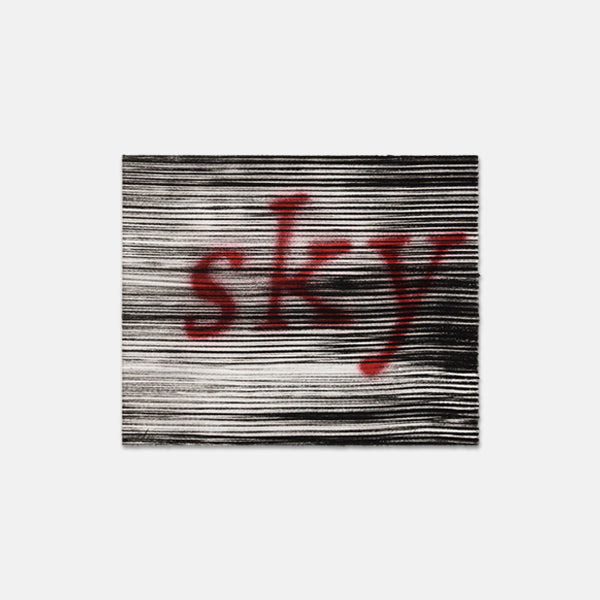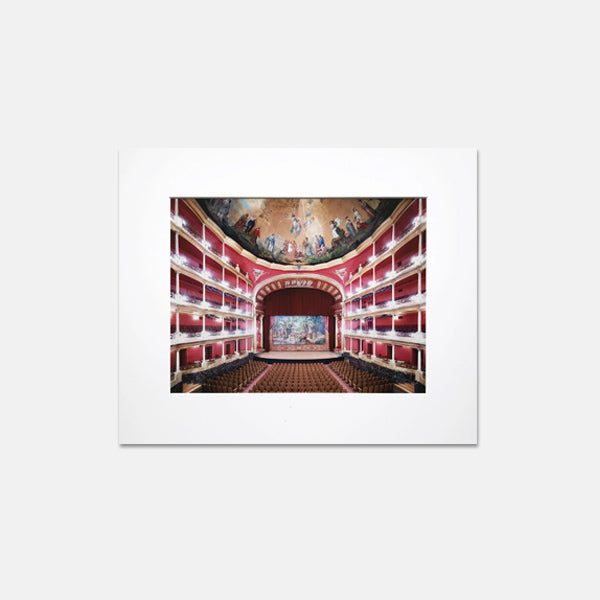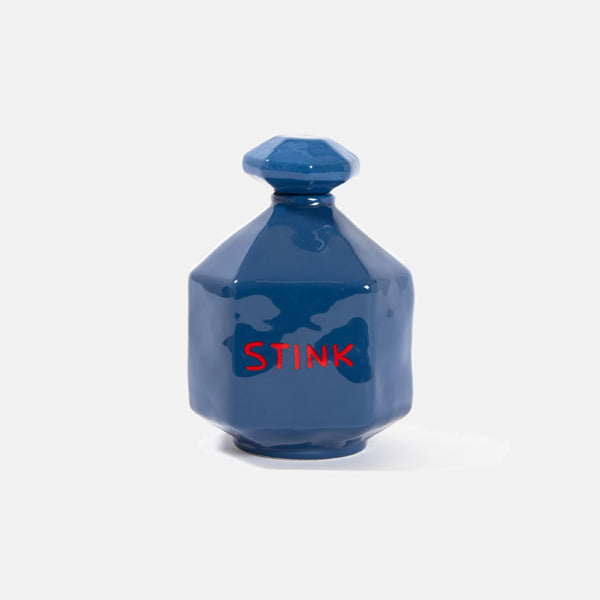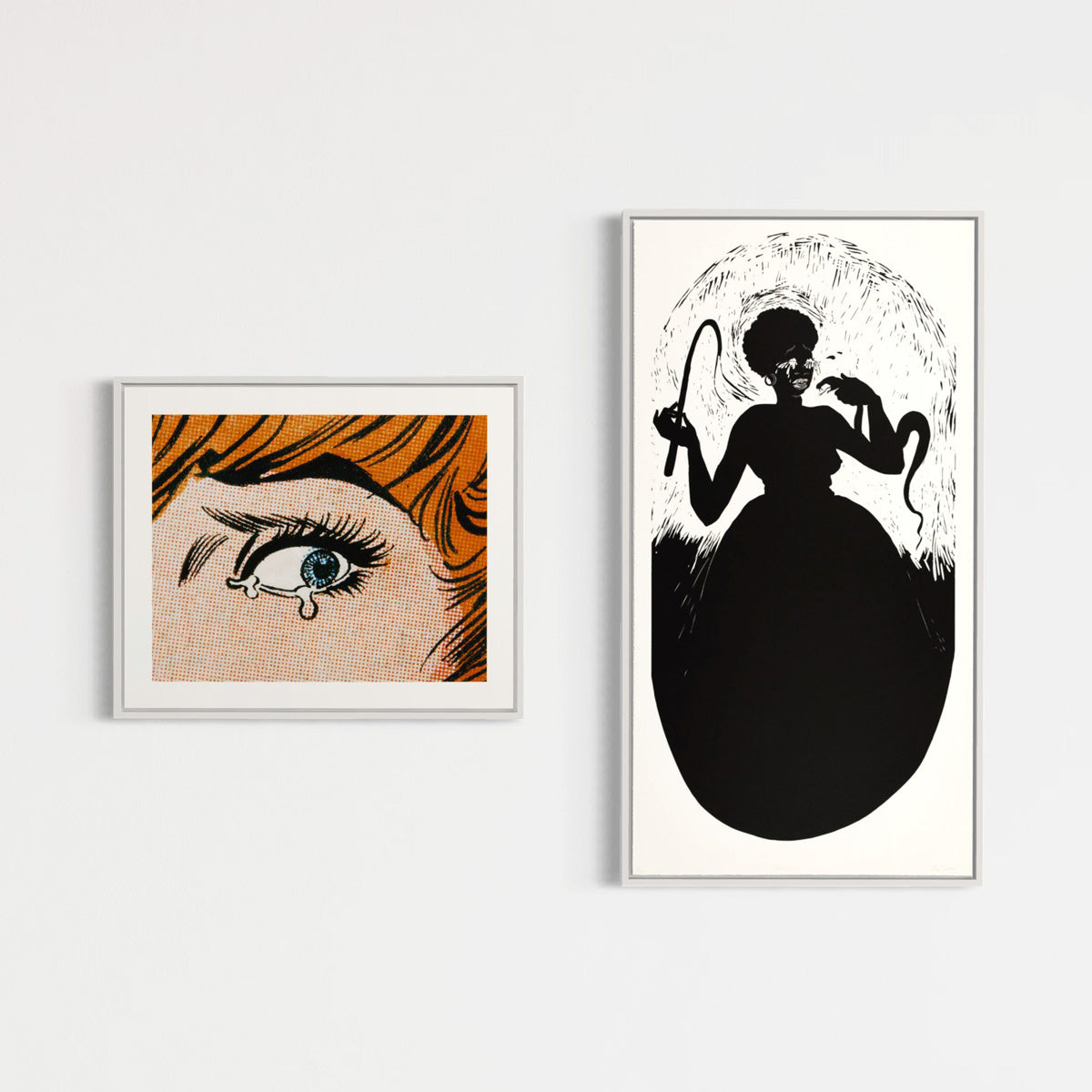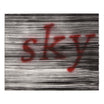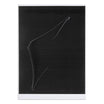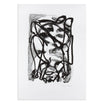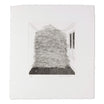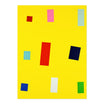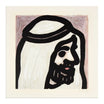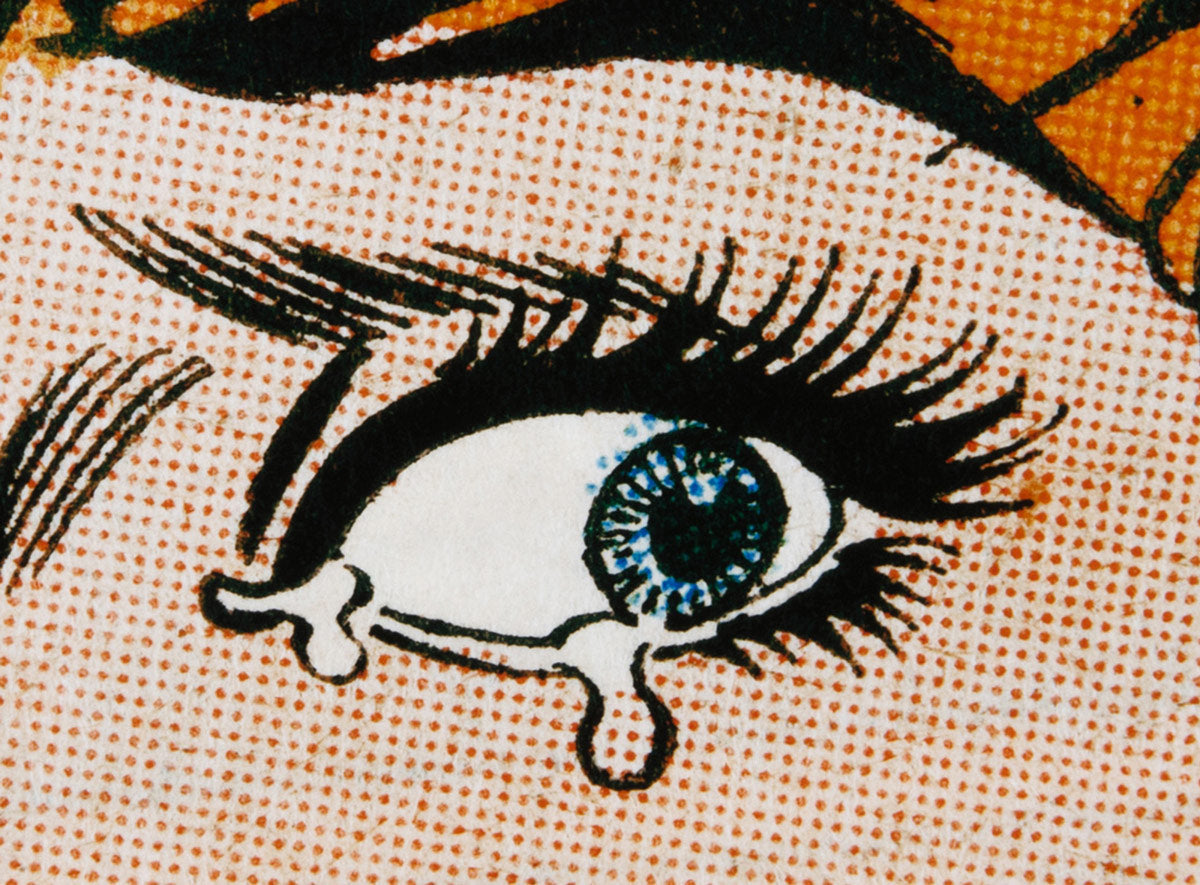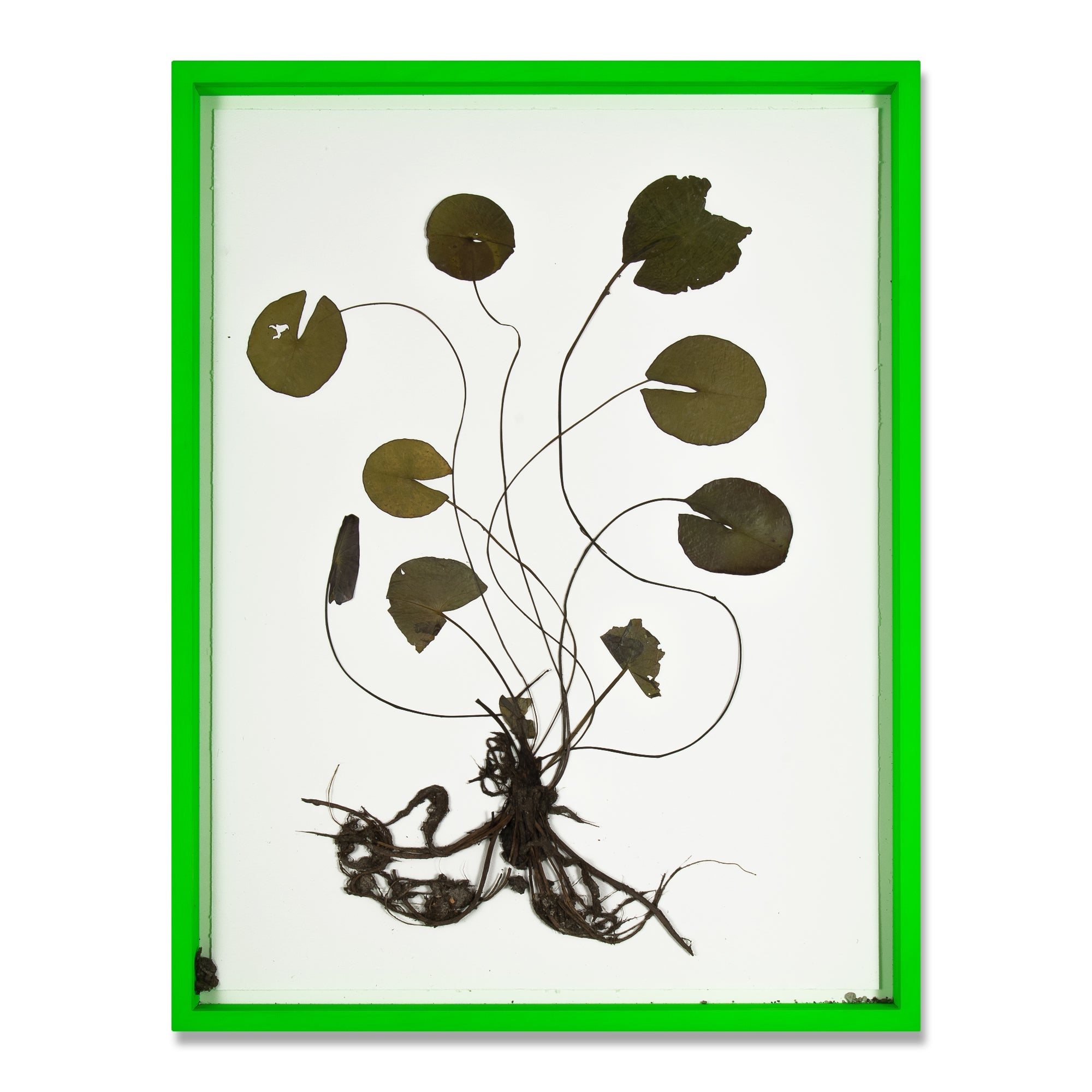

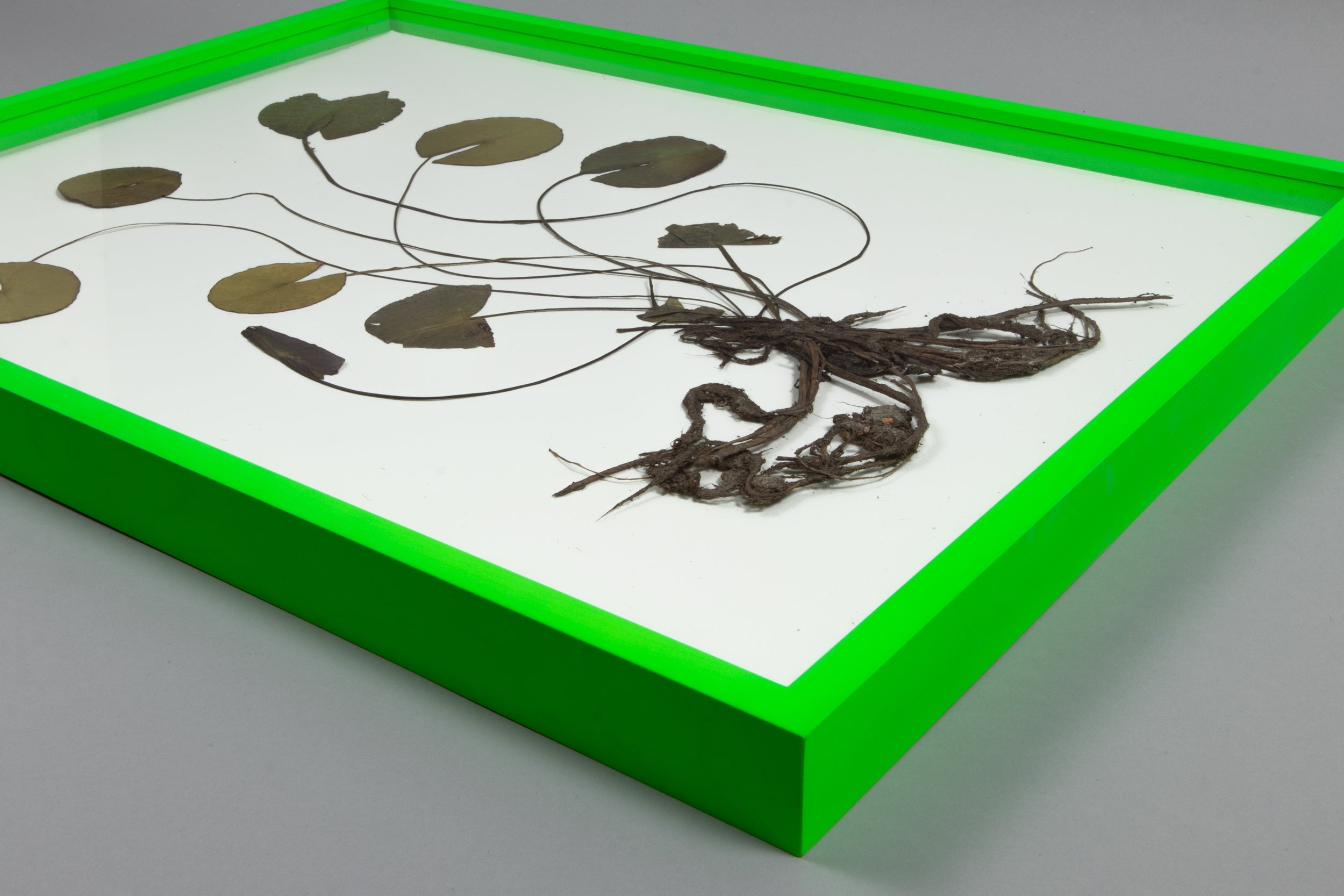
Olafur Eliasson - Herbarium
Taxes included. Shipping calculated at checkout.
Olafur Eliasson (Danish-Icelandic, b. 1967)
Herbarium, 2021
Medium: Collage of dried and pressed Nympheas Ellisana water lilies (Latour-Marliac) on Lanaquarelle handmade paper, with fluorescent artist frame
Sheet dimensions: 42 x 59.4 cm
Frame dimensions: 51 x 66 cm
Series of 100 unique collages: Hand signed by artist and publishers on certificate
Condition: Mint
Artwork details
Olafur Eliasson’s Herbarium is a captivating collage that features a dried and pressed Nympheas Ellisana water lily (Latour-Marliac), carefully arranged against a clean, white background. The lily is the same type famously cultivated by the impressionist painter Claude Monet at his Giverny estate in Normandy. By using this iconic species in an abstract, ordered composition, Eliasson explores the beauty of nature while drawing a subtle connection to art history and the legacy of Monet’s landscapes.
People like to think that public space is neutral and open to all. Actually, it is subject to commercial interests, to the intentions of power elites. Public space is what’s left when everything else has been privatized. We need to create it, we need to nurture it. I didn’t dump down the waterfalls from the moon. I tried to integrate them with the city in a productive way. – Olafur Eliasson
About this artist
Danish-Icelandic artist Olafur Eliasson, born in Copenhagen, Denmark in 1967, is renowned for large-scale public interventions, architectural projects and sculptures that use the natural elements – light, color, water, and movement – to alter viewers’ sensory perceptions. By enabling interaction between his artworks and the audience, Eliasson aims at evoking an awareness of the sublime world around us. Following the idea that “art does not end where the real world begins,” the artist creates seemingly magical artworks that are solely based in the natural world. “I want to expose and evaluate the fact that the seeing and sensing process is a system that should not be taken for granted as natural—it’s a cultivated means of reality production that, as a system, can be negotiated and changed,” the he stated. With its masterful union of technology and primal elements, Olafur Eliasson’s art fulfills both longstanding artistic ideals and a new direction in contemporary artmaking. Despite being more concerned with perception than ecology, his artwork is intended to raise awareness of the climate crisis. For his project Ice Watch, Eliasson and geologist Minik Rosing brought free-floating icebergs from a fjord outside Nuuk, Greenland, to public squares in European cities to manifest global warming. In addition to his installation projects, limited editions play a crucial role in Olafur Eliasson’s oeuvre, allowing him to extend the experiential qualities of his large-scale installations into more personal, collectible formats. These editions, including prints, photographs and multiples, embody his exploration of sensory perception and environmental awareness, making his complex conceptual art accessible to a wider audience. In 1995, he founded Studio Olafur Eliasson in Berlin, a laboratory for spatial research comprising over 100 people, including craftsmen, architects, and specialist technicians. Eliasson has participated twice at the Venice Biennale and has been the subject of solo exhibitions at institutions including Fondation Beyeler (Basel), Pinakothek der Moderne (Munich), Fondation Louis Vuitton (Paris), San Francisco Museum of Modern (SFMOMA) and the Museum of Modern Art (MoMA, New York).

You may also like

Buy art online
Shop art editions online with transparent pricing, accurate condition reports, and fast dispatch. Designed for international collectors, we make buying limited edition prints and artworks simple, secure, and reliable.
Worldwide shipping
We ship art editions worldwide with full insurance and tracking. Handled only by trusted international carriers, each shipment is securely packaged and typically dispatched within 5 days.
Professional packaging
Every artwork is packaged to the highest professional standards. Using solid multi-layer cardboard and protective materials, we ensure your art editions arrive safely and in excellent condition.
Secure payment
Buy with confidence using secure, encrypted payments backed by advanced fraud protection. Every transaction is processed with trusted technology, ensuring a smooth and worry-free checkout for collectors worldwide.
